Add a USD 0,05/lb premium to any of Jumarp's coffees and become a backer of Ecotierra's project Café Selva Norte in Peru!
If we could go back in time 20 years we would find most Peruvian farmers growing coffee under the shade of trees. This is not the case today. After the leaf rust crisis in 2013, producers were advised to grow coffee under full sun and to cut their shade trees to improve air circulation and prevent the spread of the roya fungus. Full sun production required more fertilisers than farmers could afford and the result was a decrease in yields and income, not to mention deforestation, a reduction in wildlife and biodiversity.
It is Guillaume Nadeau, Deputy CEO of Ecotierra Canada, who explains this. Ecotierra is an agroforestry project developer that partnered with cooperatives in Peru to shift a major recovery of soil used for agriculture and to fight climate change sustainably, by increasing the income of small farmers as a result of positive farming practices. They kickstarted the Café Selva Norte (CSN) project in 2019 and have already lent nearly half a million dollars to growers for their transition to sustainable agroforestry, impacting around 300 farmers and more than 300 hectares of land.

Ecotierra's team also supports their partners with quality control thanks to a lab and team on the ground (Photo: Ecotierra)
Roasters’ impact
CSN is funded by Urapi, a private equity fund established by Ecotierra. However, roasters’ involvement also supports the longevity of the project. By adding the ElevaFinca premium of USD 0,05/lb to any coffee produced by cooperatives that partner with Ecotierra, roasters help fund a microcredit program, distribution of seedlings and technical assistance to growers. One of the key partners of the project is Jumarp in Jaén, a cooperative that works with producers in the departments of Amazonas and Cajamarca. Jumarp was involved in the conception of the project in 2016 and the founders of Ecotierra contributed to the creation of Jumarp back in 2002!

When a roaster adds the premium, ElevaFinca (Ecotierra’s commercial arm) produces a tailored traceability report with detailed information about the production of the coffee purchased. This is collected via the Minka database, an environmental and social data monitoring and performance tracking system. Minka records on the ground activities, generates progress reports and acts as a big source of information that roasters can use to measure their impact. ElevaFinca also offsets the carbon emissions of all containers from their coops and includes a Carbon Offset Certificate. The carbon credits are retired from the Madre de Dios Amazon REDD project, which covers 100,000 hectares of rainforest.
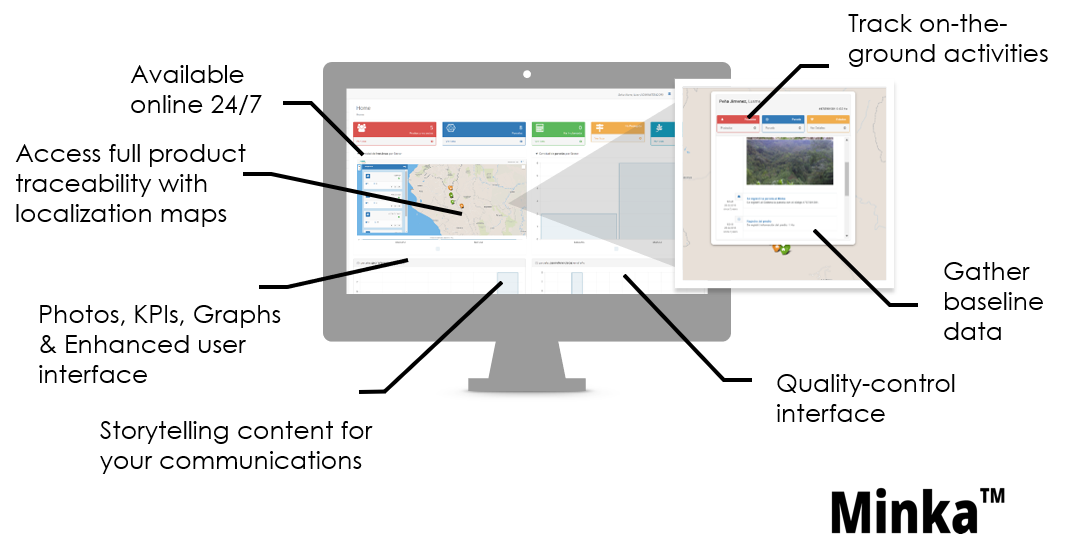
The Minka database serves as a management tool for the CSN project and also provides information that can be accessed by roasters, including the precise location of farms, the progress of different farmers, production stats, etc. (Photo: Ecotierra)
Slash and burn and no return
In Peru, deforestation is one of the main causes behind the emission of greenhouse gases. Though the issue goes beyond coffee, “we work mainly in cocoa and coffee production because these are good crops that grow with trees, so it was a good way to aid the sustainable development of those communities of farmers with 1 to 3 hectares,” Nadeau says.
The most damaging crops are annuals such as corn and rice. “Farmers start by burning everything [a practice known as slash and burn], acidifying the soil, then they plant corn on steep plots and the heavy rains wash everything on the soil down. The soil soon loses its ability to produce good crops and the grower has to move to a different plot to have an income [a practice known as migratory agriculture].”
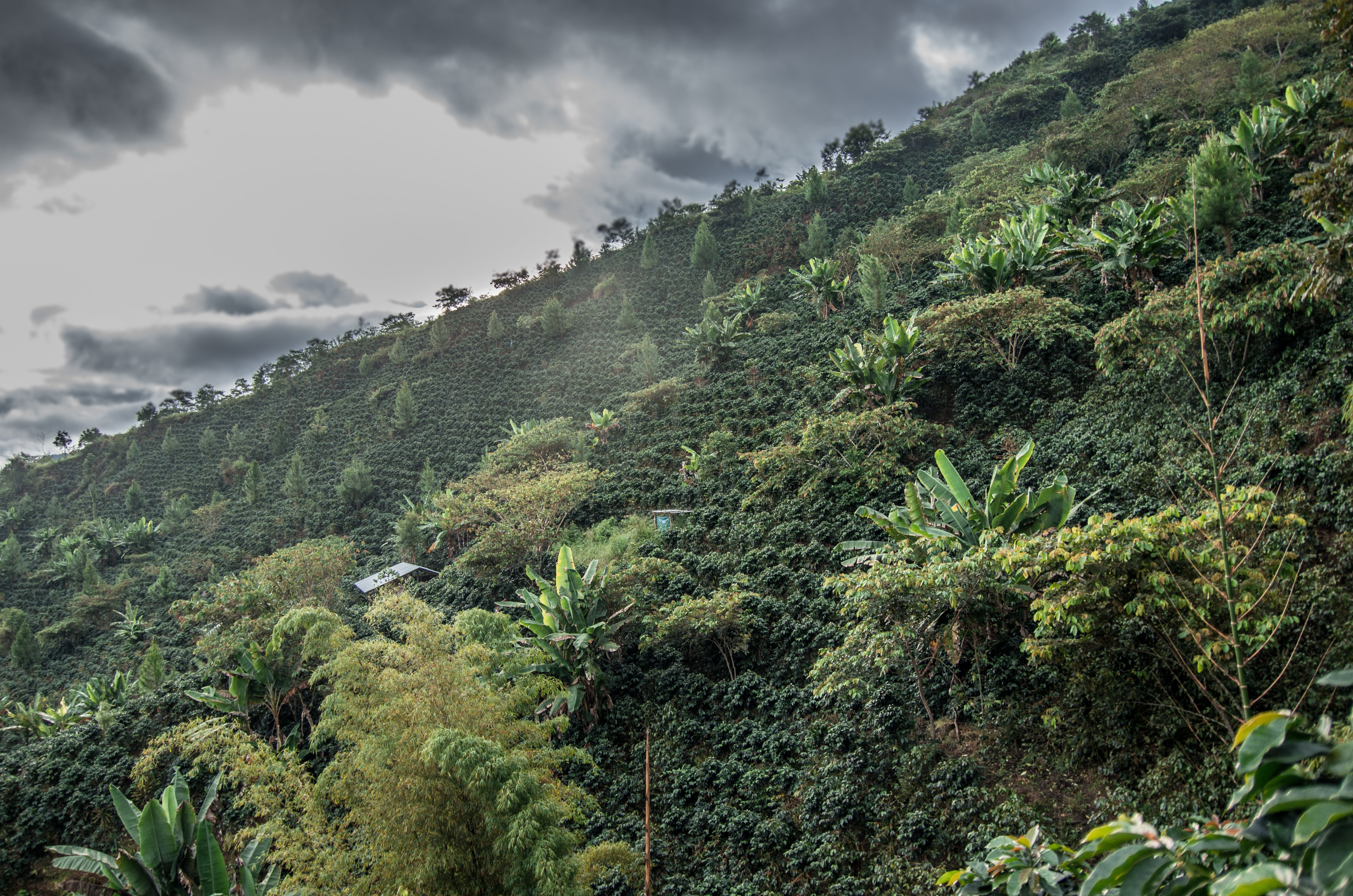
Ecotierra proposes a well-managed agroforestry system in which tall native trees are planted in the coffee fields in such a way that they are protected but the air can circulate, preventing the development of leaf rust (Photo: Ecotierra)
A report produced by Ecotierra in 2014 describes the deforestation pattern found in Peru: “New productive lands are generated by slash and burn technique. Then the ground begins to be cultivated. Crops are either annual, permanent, but at the end of each cycle of vegetation, they are burned and razed. (...) The land is fallow and cultivated again. The first fallow will normally last four years before the land can be used again. It is then replanted and the cycle begins again (...) until depletion no longer allows the culture. The land is either abandoned or used for pasture (...) In the end, it becomes totally depleted and abandoned for up to 20 years in the hope that it naturally regains its fertility.”
Microcredit, a dry mill and carbon credits
Nadeau himself has seen plots in former jungle areas turn to sand after only 3 years of this kind of farming. Coffee grown under the sun follows a similar pattern. The mountain regions where the cherries are cultivated have richer soils than the jungle, yet by losing the organic matter yields will be impacted and farmers will have to search for other types of work in the cities. Coffee grown in agroforestry systems, on the other hand, brings back nutrients and prevents erosion as the tree canopy protects the soil from direct rain. “In 4 to 6 years of doing this you can recover the organic matter and keep producing,” says Nadeau.
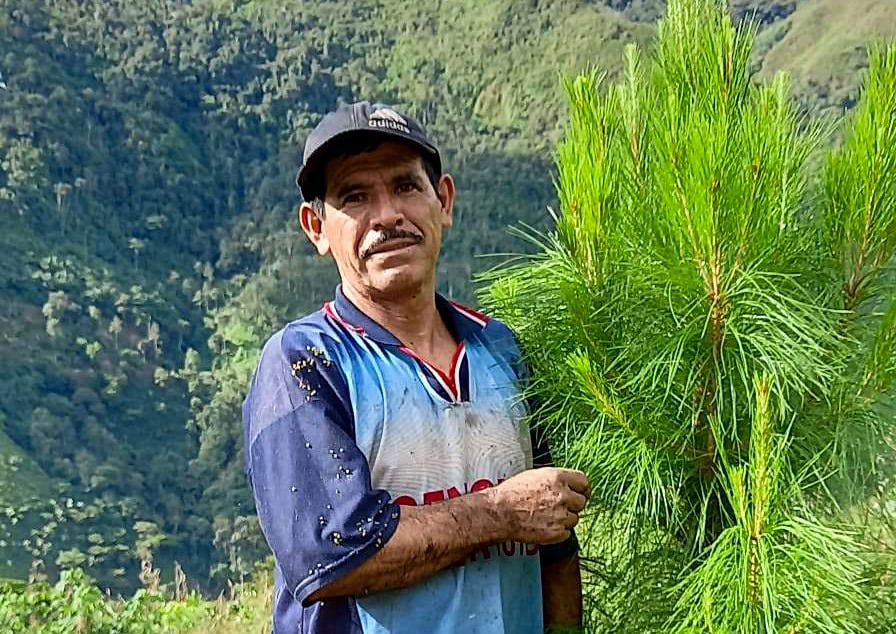 Back in 2019, Aurelio Herrera Estela, a member of Jumarp, took the decision to plant both a hectare of coffee in an agroforestry system and half a hectare of forest. This photo was taken in June, two years after the plantation in front of one of his strong trees (Photo: Ecotierra)
Back in 2019, Aurelio Herrera Estela, a member of Jumarp, took the decision to plant both a hectare of coffee in an agroforestry system and half a hectare of forest. This photo was taken in June, two years after the plantation in front of one of his strong trees (Photo: Ecotierra)
Implementing agroforestry systems is at the core of Café Selva Norte and the goal is to double the income of farmers in the 15-year duration of the project. Ecotierra’s holistic approach to achieving this starts by funding coops so that they can provide microcredit at low-interest rates for farmers. They are also building a dry mill to improve quality and traceability, which will be co-owned by the coops, and are monitoring producers’ planting so they can have added income through the sale of carbon credits, available by 2023 once trees have grown.
Why coops are key to sustainable development
“Carbon offsetting is trending and big companies are pledging to reduce their emissions,” explains Nadeau. The ElevaFinca premium helps roasters who want to minimize their footprint now but the Ecotierra model extrapolates that. “We plant the trees and let them grow and capture carbon. Then we bring an external auditor and get the offset credits for the capture that has been done and we can sell it,” he adds. “A farmer could get USD 50,00 per hectare per year by selling credits. It’s not life-changing. In the model we suggest, the money goes to the cooperative to support services like technical assistance. This is the best thing to do as assistance leads to more yields and production that can provide much better incomes.”
The Deputy CEO urges roasters to support cooperatives, especially in a year like 2021, when thousands of Peruvians were dragged to poverty as a result of COVID-19, the economy is in recession and coffee prices skyrocketed. “Coops face a big challenge as private buyers have more investing capacity to buy coffee at higher prices,” he explains, speaking about conventional coffee at market rates. But private buyers don’t provide continued support to growers... “Coops are key in the sustainable development of these communities due to their long-term involvement with their members. And why not support coops through ElevaFinca? This way a portion of their funds returns to agroforestry and capacity-building projects.



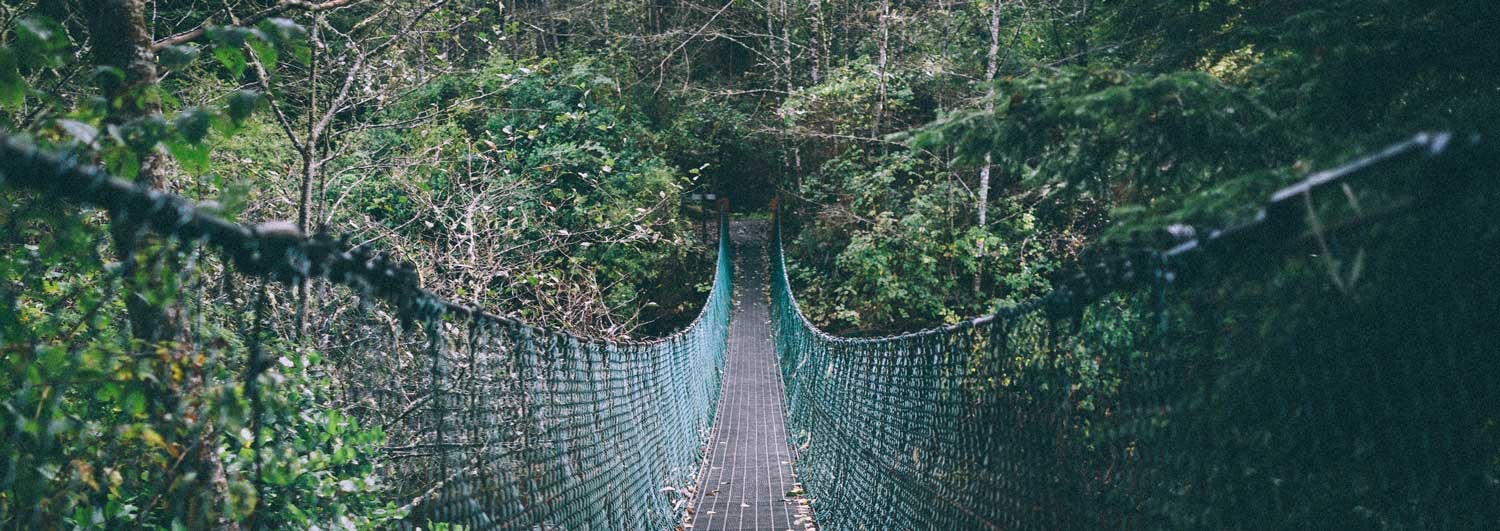
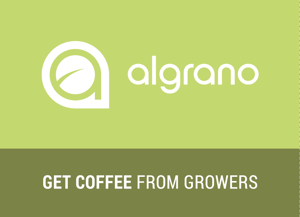
Let Us Know What You Thought about this Post.
Put your Comment Below.